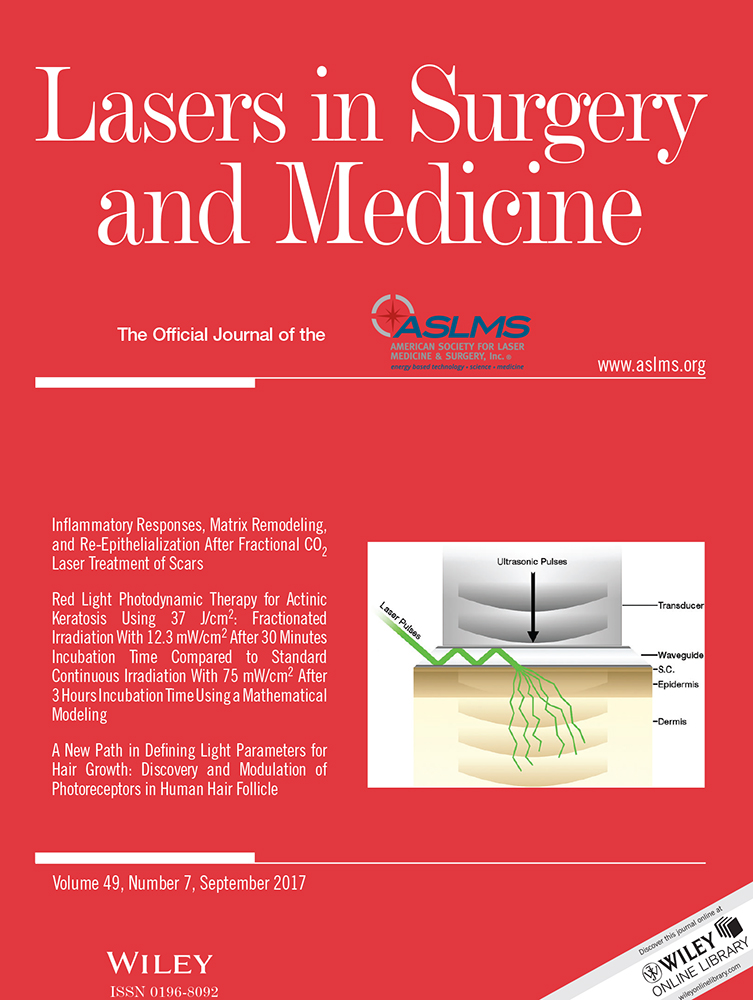In vitro comparison of renal stone laser treatment using fragmentation and popcorn technique
Abstract
Objective
To study the effectiveness of two laser techniques clinically used to fragment renal stones: fragmenting technique (FT) and popcorn technique (PT).
Methods
Phantom stones were placed in a test tube filled with water, mimicking a renal calyx model. A Holmium:YAG laser was used for fragmentation using both techniques. Four series of experiments were performed with two parameters: the technique (FT or PT) and the number of stones in the test tube (one or four). The mass decrease of the phantom stones was measured before, during, and after the experiment to quantify the effect of both techniques.
Results
Visualization of PT showed that the main effect of PT takes place, when the stone moves in front of the laser fiber and is subject to direct radiant exposure. Both FT and PT resulted in a decrease in stone weight; the mass decrease of the stones subjected to FT exceeded that of the stones subjected to PT, even with less laser energy applied. This difference in mass decrease was evident in both the experiments with one and four stones.
Conclusions
PT was less effective in decreasing stone weight compared with FT. The FT is more effective regarding the applied energy than PT, even in a shorter time period and regardless of the number of stones. This study suggests that FT is to be preferred over PT, when stones are accessible by the laser fiber. Lasers Surg. Med. 49:698–704, 2017. © 2017 Wiley Periodicals, Inc.




